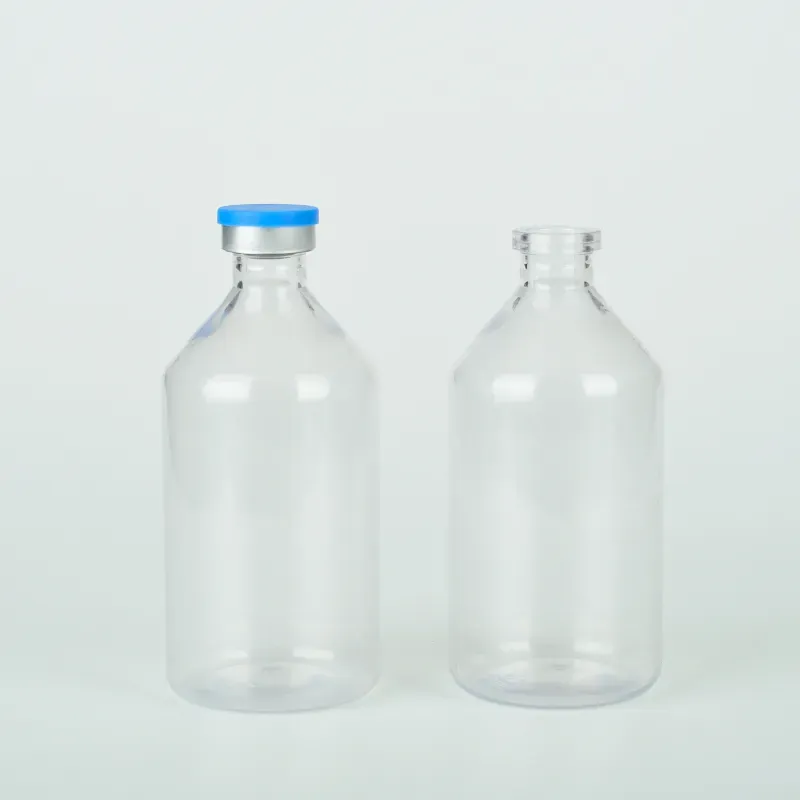Exploring the Versatility and Applications of Polystyrene Dishes in Various Industries
Polystyrene Dishes A Convenient Solution for Modern Living
In today's fast-paced world, convenience often plays a pivotal role in our daily lives. One product that has gained immense popularity due to its practicality is the polystyrene dish. These lightweight, disposable dishes are widely used in various settings, from casual parties and picnics to food service establishments and cafeterias. This article aims to explore the features, benefits, environmental concerns, and potential alternatives to polystyrene dishes.
Polystyrene, a synthetic aromatic polymer, is known for its versatility and affordability. Polystyrene dishes are typically made from expanded polystyrene (EPS), which is easy to mold and shape, making it ideal for creating a variety of dishes, including plates, bowls, and trays. These items are highly desirable for their practical applications; they are not only lightweight and stackable, but also resistant to moisture, grease, and certain chemicals. This makes them perfect for serving food items ranging from salads to hot dishes, without the risk of leakage or warping.
One of the primary advantages of polystyrene dishes is their disposability. For individuals and businesses alike, this means less time spent on washing and cleaning, which can be particularly beneficial for large gatherings or busy kitchens. As a result, polystyrene dishes have become a staple for catering services, takeout restaurants, and outdoor events where traditional dishware might be impractical.
polystyrene dish

However, the convenience of polystyrene dishes comes with environmental concerns. Polystyrene is not biodegradable, meaning that once it is discarded, it can persist in the environment for hundreds of years. This longevity contributes to significant waste issues and threatens wildlife and ecosystems. Furthermore, the production process of polystyrene involves the use of petrochemicals, raising concerns about energy consumption and greenhouse gas emissions. As consumers become more environmentally conscious, the negative impact of polystyrene has led to increased scrutiny and calls for more sustainable alternatives.
In response to these concerns, several alternatives to polystyrene dishes have emerged on the market. Biodegradable options made from materials like plant fibers, bamboo, and sugarcane have gained popularity as they offer similar convenience while minimizing environmental impact. Additionally, compostable materials break down more quickly, returning nutrients to the earth and reducing waste. Reusable options, such as stainless steel or durable plastic, present another solution, allowing for multiple uses over time and decreasing the reliance on single-use products.
In conclusion, polystyrene dishes have made a significant impact on modern living due to their convenience and affordability. They serve a vital role in various settings, making food service easier and more efficient. However, the growing awareness of environmental issues related to polystyrene's disposability has sparked conversations about sustainability and the importance of finding eco-friendly alternatives. As consumers push for greener solutions, the future of disposable dishware may lean toward materials that not only meet convenience needs but also align with our collective responsibility to protect the environment. A balance between convenience and sustainability will ultimately shape the next generation of food service products.
-
Aesthetic Makeup Spray Bottles | Fine Mist Empty RefillableNewsAug.19,2025
-
White Plastic Veterinary Vaccine Vials | Lab Liquid BottlesNewsAug.18,2025
-
Plastic Medicine Liquid Bottle: Secure Flip Top Drug VialsNewsAug.17,2025
-
Durable 250ml Blue Plastic Vaccine Vial for Lab & Vet UseNewsAug.16,2025
-
Sterile Virus Sample Tubes: Secure & Reliable Specimen CollectionNewsAug.15,2025
-
White 250ml Plastic Vaccine Vial for Lab & Vet MedicineNewsAug.14,2025
























